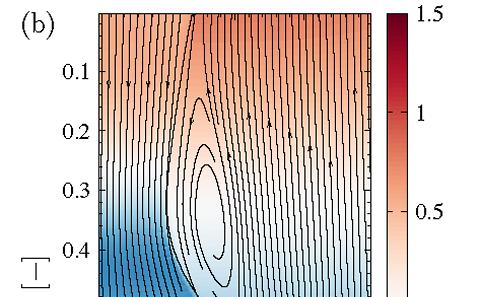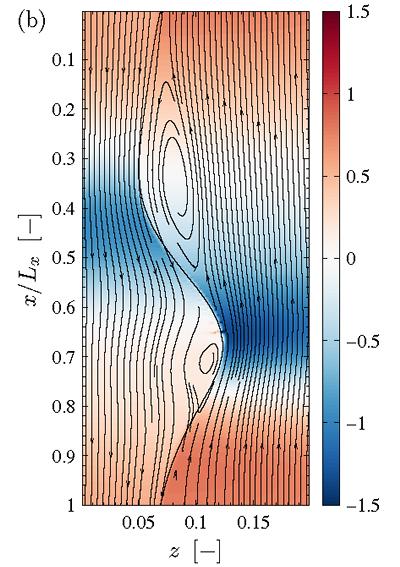Dr Prashant Valluri: 'Two-layer co-current/counter-current flows – ultra hi-res DNS and stability analysis' Event

- Time:
- 15:00 - 16:00
- Date:
- 14 December 2015
- Venue:
- 13 / 3021
For more information regarding this event, please email Lindsay Armstrong at L.M.Armstrong@soton.ac.uk .
Event details
Co-current and counter current flows are central to carbon capture absorption technologies. This talk describes a comprehensive study ranging from characterising interfacial dynamics through to crucial design parameters which ultimately govern the economics of retrofitting carbon capture units
Tea/coffee and cakes will be served and all are welcome. Please register for the event to help us gauge the catering.
The talk will describe how the research team has investigated theoretically interfacial instabilities in horizontal stratified and vertical countercurrent gas-liquid flows with respect to their evolution in a temporal and spatio-temporal framework. These flows are central to absorption columns in carbon-capture retrofits where a liquid amine phase is used wash down a rising CO2 rich flue gas.
Dr Valluri will show how, using several complementary methods...
- Orr-Sommerfeld analysis
- Energy budget analysis
- High resolution direct numerical simulations (DNS) using a TPLS Solver
...the research has provided a comprehensive study of a type of flow that is widely employed in various technical applications but still not fully understood in terms of its interface dynamics. The team focuses on fully characterising the interfacial instabilities and their associated interfacial waves in laminar-laminar gas-liquid flows over a wide range of parameters covering different operating regimes: wavy stratified, zero-interface velocity (loading) and partial-to-full liquid flow reversal (flooding). The results reveal the existence of weakly nonlinear waves at later stages (in excellent agreement with Stuart-Landau theory) and absolute instabilities over large parts of the investigated parameter space.
Devoid of any empiricism, these exact predictions eventually help in building an operating regime of a given counter-current column and also give plausible predictions of pressure-drops. Such detailed calculations are further being used to develop simpler (but physically correct) models for crucial design parameters such as pressure drops and mass transfer efficiencies which ultimately govern the economics of the carbon-capture retrofit.

Speaker information
Dr Prashant Valluri,University of Edinburgh,Senior Lecturer in the School of Engineering